The Silent Language of Touch: Haptic Feedback and the Rise of Multi-Sensory UX
A message can be delivered without a single word being spoken—or even seen. When a smartwatch quietly taps your wrist to signal an important notification, or when the PS5 DualSense controller immerses you in a game through subtle vibrations, a conversation is taking place entirely through touch. This silent language is known as haptic feedback, and its influence is being felt far beyond gaming.
What Haptic Feedback Really Means
Haptic feedback is defined as technology that uses tactile sensations to communicate information. Instead of relying solely on visuals or sound, physical vibrations or forces are applied to guide users. In healthcare, for example, surgical robots are enhanced by haptic technology, allowing surgeons to “feel” tissue resistance remotely—offering precision that would be impossible through visuals alone.
Everyday Examples You May Not Notice
- Gaming Immersion: The PS5 DualSense controller replicates sensations like bowstring tension or raindrops, making every action feel more lifelike.
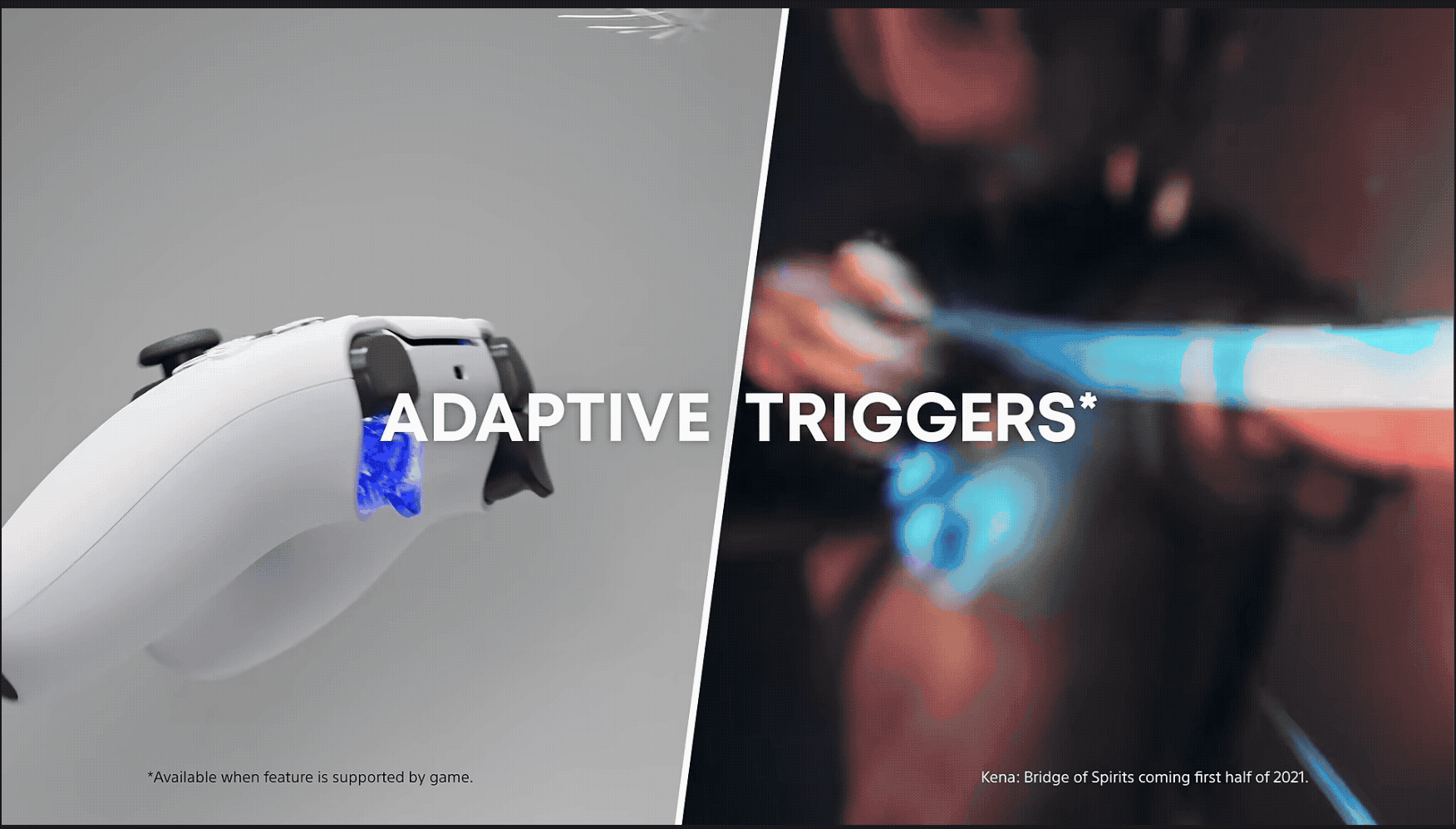
Source:[playstation.com]
- Wearable Tech: Smartwatches such as Apple Watch use gentle taps to deliver discreet navigation cues or reminders.
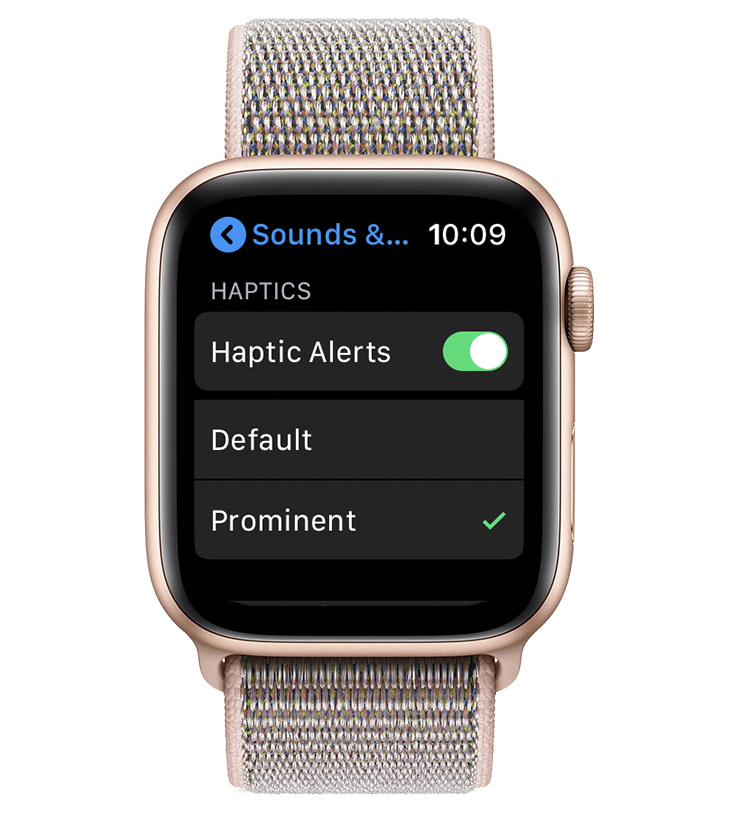
Source:[support.apple.com]
- Automotive Safety: In vehicles like Tesla steering wheels vibrate subtly to warn drivers when lanes are unintentionally crossed.
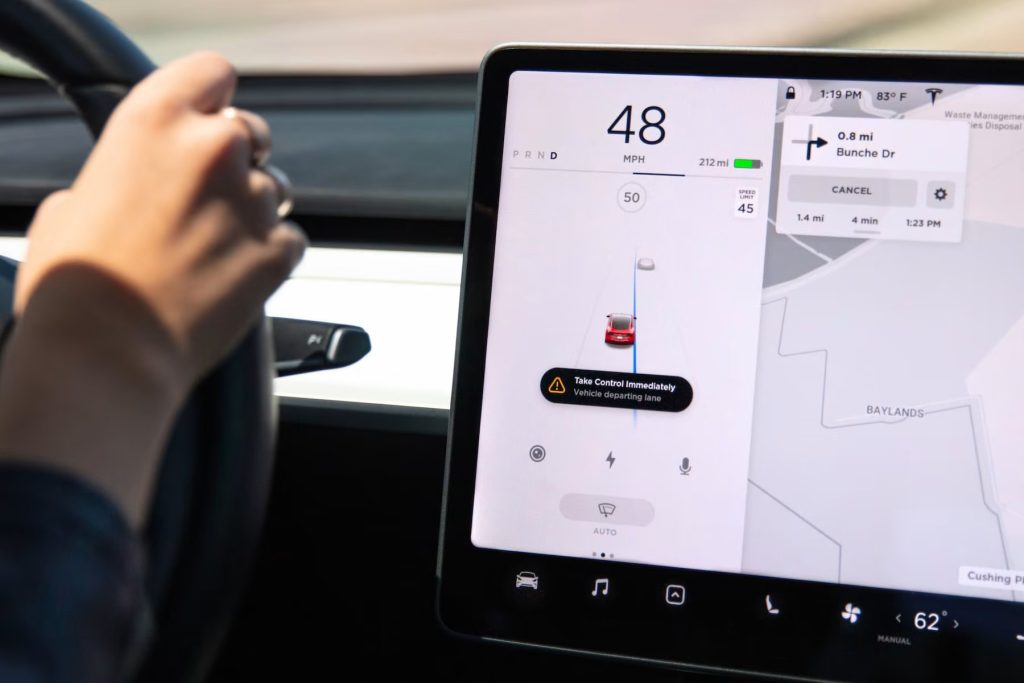
Source:[teslablog.com]
- Smartphones: Apple’s Taptic Engine goes beyond simple vibrations, providing instant physical feedback for typing, notifications, and gestures. With accessibility features enabled, it even syncs taps, textures, and refined vibrations with music, turning sound into touch. This bridges auditory and tactile senses—showing how smartphones are becoming truly multi-sensory devices.
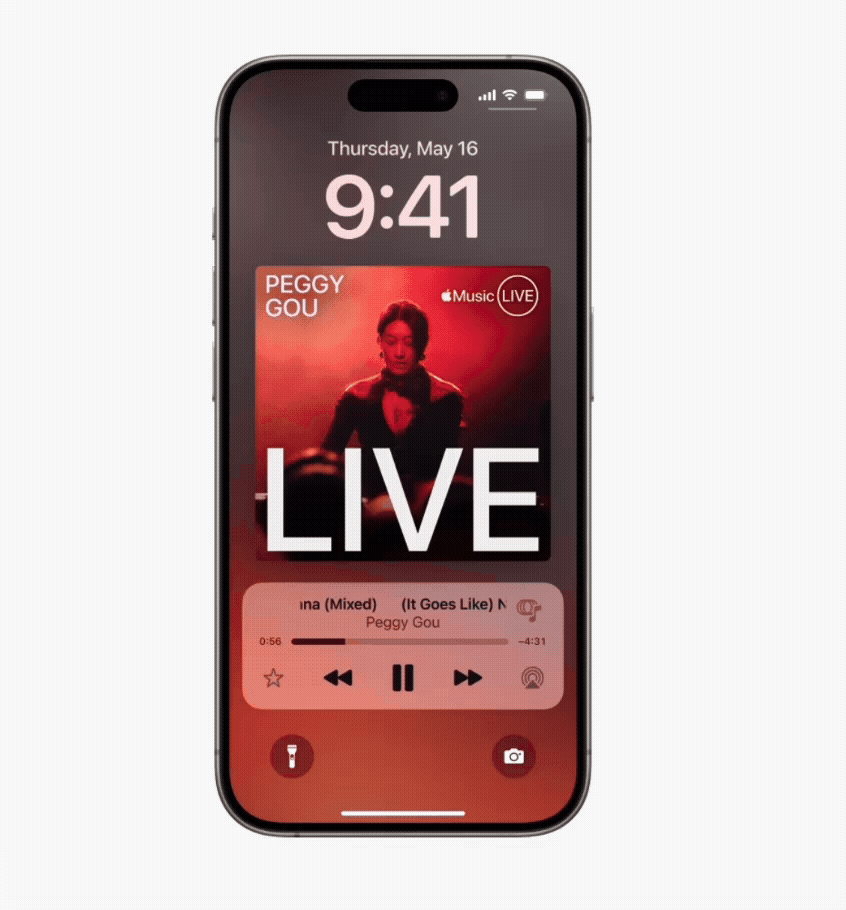
Source:[apple.com]
- Medical Simulations: VR-based medical training uses haptic gloves, ensuring that future surgeons gain realistic tactile experience before entering an operating room.
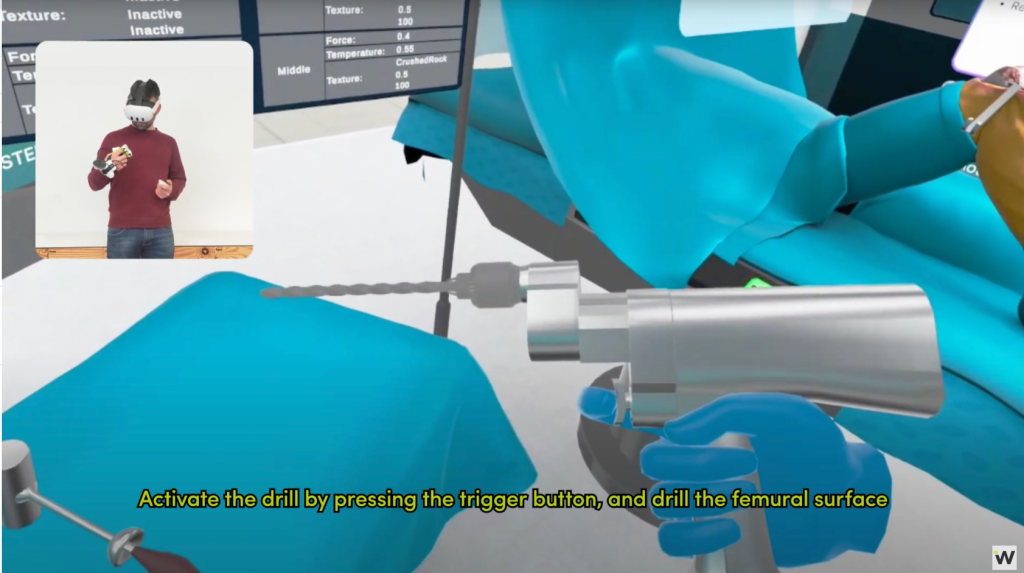
Source:[https://www.youtube.com/watch?v=i2GzjJPMcQQ]
Why This Matters for Brands and Designers
When haptics are used properly, experiences become more intuitive and memorable. A simple buzz can replace a disruptive sound alert, or a gentle pulse can provide reassurance during stressful interactions, such as online banking verifications. Brands that master this layer of communication can offer comfort and clarity without cluttering interfaces.
The future of interaction will not only be seen or heard—it will be felt. From entertainment to healthcare, haptic feedback is reshaping how people engage with technology. For designers and businesses, this is an invitation to explore deeper emotional connections through touch. Follow 365CREA for insights and strategies on emerging design trends that make technology truly human-centered.
